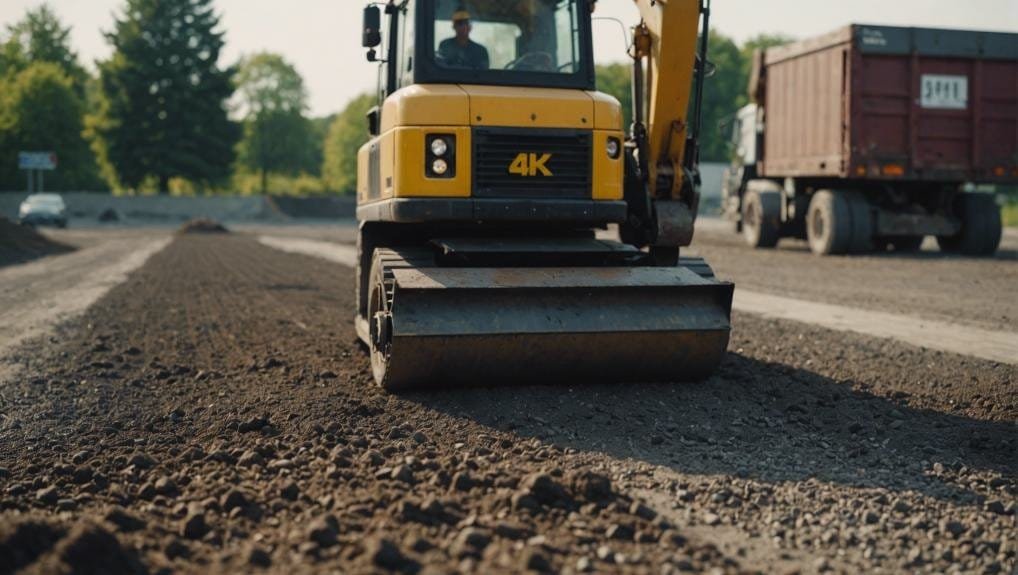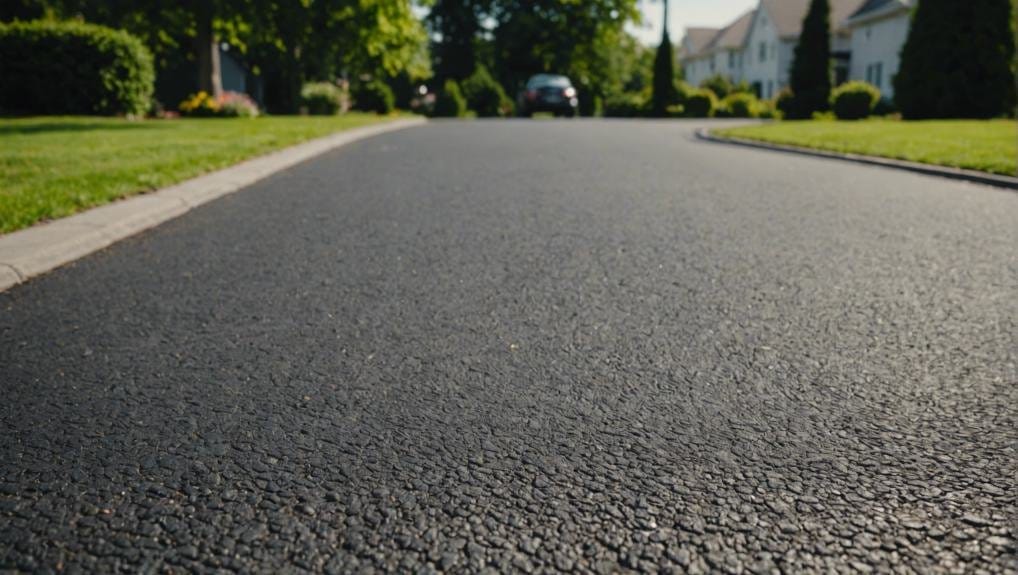Easy Steps for Installing Your Asphalt Driveway
Transform your property with an asphalt driveway using these steps: Plan layout, clear site, compact soil, add gravel base, apply…

04/19/2024

Transform your property with an asphalt driveway using these steps: Plan layout, clear site, compact soil, add gravel base, apply…

To maintain your new asphalt driveway, inspect regularly for cracks, potholes, and standing water. Repair minor cracks promptly using DIY…

When installing driveways, avoid common mistakes. Use high-quality asphalt to prevent early cracking. Properly grade the subgrade to avoid water…
